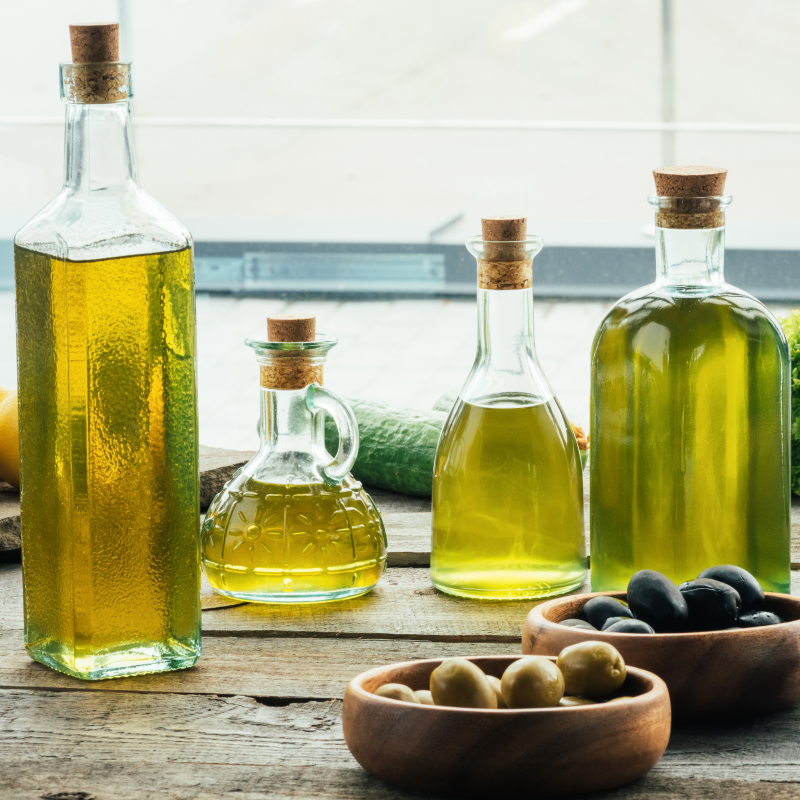Taste of Life: American cottonseed oil makers faced opposition from “Swadeshi” promoters

American cottonseed oil arrived in the markets of Poona circa 1912. It immediately faced opposition from the promoters of “Swadeshi”. Nationalist leaders urged Indians to buy Indian cottonseed oil instead of the American product
The introduction of new products to the market is the lifeblood of all consumer-driven industries. It is a very complicated process and its effects depend on consumer acceptance. A negative approach (neophobia) and suspicion towards new products may lead to unsuccessful product commercialisation.
In the early twentieth century, cottonseed oil garnered much attention in the Bombay Presidency. Indian cotton seed had then attained a permanent hold on the European market as a valuable source of oil and cake and commanded steadily increasing prices there. The cotton and cotton seed had been highly sought after in the United States of America too. The magnitude of the cottonseed oil industry in the United States indicated in a general way the possibilities of future development if taken up in the proper manner in India, the next largest cotton-producing country in the world.
The American government thought that the introduction of cottonseed oil in India would not be difficult since the pioneers who had started the industry in India had created a market for the products and solved all the technical problems connected with the industry in the country so that it was no longer in an experimental state.
It was widely acknowledged in India and the US that cottonseed oil marked superiority over sesame and other kinds of cheap vegetable oils when the price at which it could be sold was not much higher. For most culinary purposes cottonseed oil might be used in place of ghee. The natives of Poona believed that the bulk of ghee available on the market was contaminated by admixture with animal fats, the use of which was forbidden to every caste Hindu. Hence, agents working in India on behalf of the American government believed that they would welcome cottonseed oil, but did not know if the ghee made from it would be accepted.
However, these assumptions were proven grossly wrong. In 1905, an enterprising Bombay capitalist imported a considerable amount of American cottonseed oil by way of trial and sought to extend its use as edible oil. It was available in the bazaars of Poona. But the oil was then a novelty, and the experiment failed. Most of the oil supplied to the merchants of Poona remained unsold. Local merchants in Bombay and Poona who had endeavoured to introduce the use of cottonseed oil and other vegetable substitutes as a substitute for ghee reported a failure to achieve practical results. The chief reason, they stated, lay in the exceedingly conservative attitude of the masses against any innovations, particularly in the line of foods.
But the American government did not want to give up. It sent a questionnaire to the principal of the Government Agricultural College at Poona to check the possibility of shipping American cottonseed oil to India to make vegetable ghee, and whether he thought the conservatism of the people would prove an insuperable barrier in the matter. The principal expressed an encouraging opinion. He had for some time given special attention not only to the subject of cottonseed oil, but also to that of milk products, and especially ghee, and had been a strong advocate of cottonseed oil mills for India. He believed that there would undoubtedly be a very considerable demand and ultimately a very large one for ghee made from cottonseed oil if it were put on the market by an enterprising firm, as India was waiting for a good vegetable material to replace ghee as then made.
Because cottonseed pressing was then being taken up as an industry in the Bombay Presidency, he did not know whether there would be any chance for American cottonseed oil to come in and compete successfully.
But the demand was there and only wanted to cultivate and develop. Around 1910, a leading Bombay firm experimentally put some cottonseed ghee on the market in Poona, and it was taken at once and freely by the Europeans. Although the prices were much lower than those of genuine ghee, as must naturally be the case, yet nevertheless they returned good profits.
This made the American traders think that the conservatism of the “native” people would no longer be a barrier if cottonseed oil were properly exploited, as the price of genuine ghee had mounted rapidly, and was getting beyond the means of large numbers accustomed to its use.
Cottonseed oil kept well indefinitely and had in this respect a marked advantage over ghee, and still more so over butter. Experiments had shown that cottonseed oil, mixed with 35% of its weight of butter, is favourably with ghee in flavour, appearance, and chemical composition. It could be used admirably as a substitute for the much more expensive clarified product of the milk of buffaloes and cows.
It was estimated that ghee was used by about one-quarter of the population of India, the per capita consumption being about 8 pounds a year. It was used for all purposes for which butter was used in Europe or America, such as the cooking of meat, fish, vegetables, curries, rice etc, and in the preparation of sweetmeats. It was also eaten uncooked with bread and rice. With the poor, it was a luxury for feast days, and ordinarily, its place was taken by sweet vegetable oils.
The ghee of the Indian bazaars was principally derived from buffalo milk. One quart of buffalo milk yielded about 3 ounces of ghee, while the same quantity of cow’s milk might afford only about one-half that quantity, or, with extra fine qualities, perhaps, three-fourths. Ghee from goat’s milk was inferior, owing to its disagreeable odour, while sheep’s milk was often considered superior even to buffalo ghee.
The prices in Poona, not only for ghee but also for locally produced cottonseed oil, and coconut, mustard, and sesame oil used as edible, were considered by American manufacturers of cottonseed oil to enable them to determine whether it was worth their while to enter the market. In June 1914, prices of ghee in Poona were as follows, per maund of 28 pounds: pure homemade ghee, $6.16; pure Porebandar ghee, $5.51, pure Sangli ghee, $5.25; and pure Jafrabadi ghee, $4.70 to $5.00. The price of cottonseed oil manufactured at Navsari in the Bombay Presidency by the Indian Cotton Oil Co Ltd and sold in Poona ranged from $2.43 to $2.59 per maund of 28 pounds.














